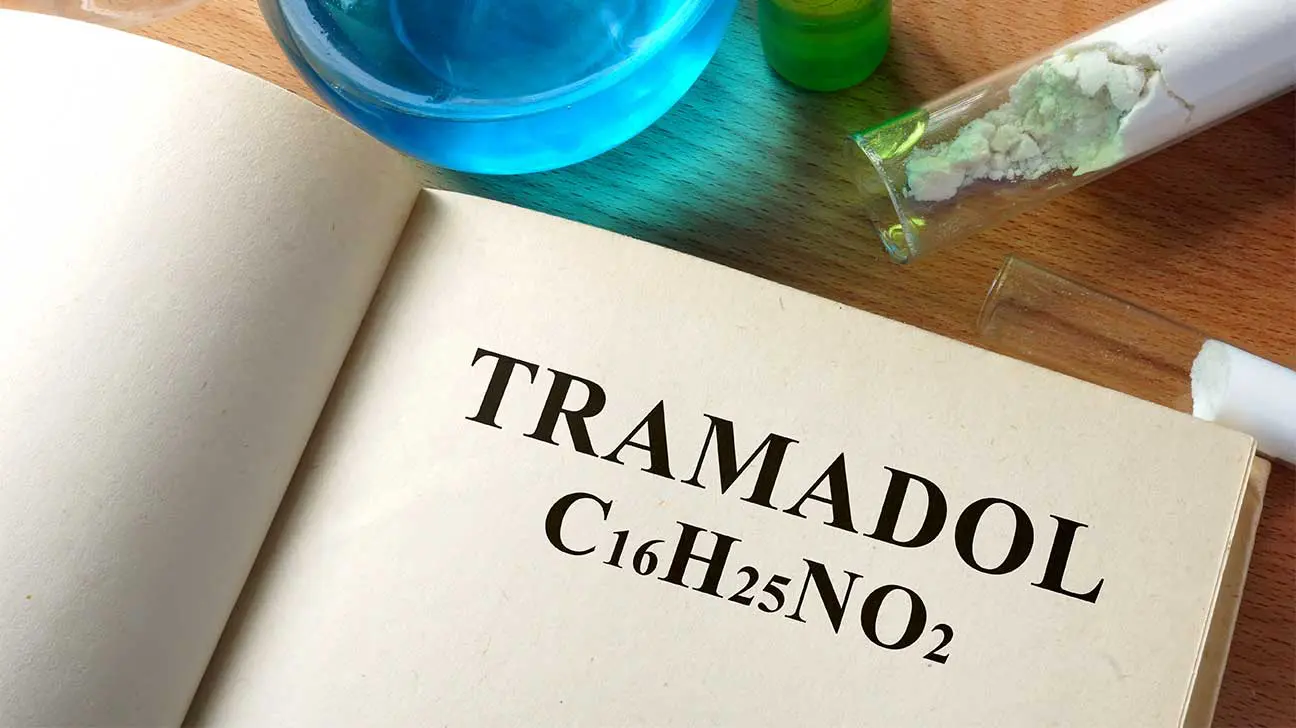
Is Tramadol An Opioid?
Tramadol is a prescription opioid medication used to treat moderate to severe pain. Similar to other narcotics, tramadol can be addictive. Initially approved for marketing in the United States as an uncontrolled analgesic in 1995 under the trade name Ultram, tramadol was said to have lesser opioid effects.
Common brand names for tramadol include:
- ConZip
- Rybix
- Ryzolt
- Ultram
- Ultram ER
How Is Tramadol Different From Other Opioids?
Tramadol is different from other opioids because in addition to its opioid effects it also provides an antidepressant action by increasing the levels of norepinephrine and serotonin in the brain. Although tramadol is different from other opioids, its primary effects are similar to that of other opioid medications such as OxyContin (oxycodone) and Vicodin (hydrocodone).
Are you or a loved one suffering from addiction?
Don't wait, get the best treatment options today!
Call Now: (888) 407-2072Many healthcare professionals associate tramadols lesser opioid effects with the medication being safer than other prescription opioids. However, tramadol carries risks as well. People can still abuse, overdose and become addicted to tramadol.
Tramadol Abuse And Addiction
Tramadol has become an increasingly prevalent drug of abuse. Roughly 43 million tramadol prescriptions were distributed in the United States in 2013, according to the IMS Health National Prescription Audit. Tramadol comes in both tablet and liquid form and can be abused by snorting, smoking or injecting the drug.
When tramadol is crushed up and snorting or injected, it can increase the intensity of its effects, but also bring large doses into the bloodstream. These large doses can be habit-forming, especially with long-term use.
Individuals who take tramadol in abusive doses can quickly develop an addiction to the drug. When someone is under the influence of tramadol they can experience intense feelings of euphoria and relief from physical pain.
Other possible signs of tramadol abuse and addiction include:
- feelings of paranoia
- delayed reaction times
- increased heart rate
- poor muscle movement
The recommended dose of tramadol can vary greatly, depending on individual circumstances including, age, existing medical concerns, and the type of pain they are experiencing. Usually, doctors recommend that adults take 50 to 100 mg every four to six hours. However, it is not recommended to exceed 400mg of tramadol within a 24 hour period.
Side- Effects Of Tramadol Abuse
When someone is under the influence of tramadol, they can experience a wide range of side effects. Physical side effects of tramadol abuse include:
- sleepiness
- difficulty falling or staying asleep
- headache
- nervousness
- uncontrollable shaking or tremors
- muscle tightness
- heartburn and indigestion
- dry mouth
In more severe cases, tramadol abuse may also cause:
- seizures
- hives
- rash or blisters
- difficulty swallowing or breathing
- swelling of the eyes, face, throat, tongue, lips, hands, feet, ankles, or lower legs
- hoarseness
- agitation
- hallucinations
- irregular menstrual cycles (women)
- sexual dysfunction (men)
- decreased sexual desire
- changes in heartbeat
- loss of consciousness
Potential Dangers Of Tramadol Abuse
There are many potential dangers of tramadol abuse. This medication can have negative and potentially harmful interactions with other substances, such as monoamine oxidase (MAO) inhibitors or a class of antidepressants known as SSRIs (selective serotonin reuptake inhibitors). Mixing tramadol with other depressants such as alcohol or other opioids can also be potentially fatal.
Seniors over 75 and individuals with kidney or liver damage should take special precautions when taking tramadol, as smaller doses can have a more significant impact. This occurs because their bodies are not able to process tramadol at the same rate as others.
Tramadol overdose is another potential of abusing this medication. When someone takes too much tramadol for their body to process at once, it can result in a toxic reaction. This causes the liver and kidneys to be overloaded with trying to break down tramadol, but they can only do so a little at a time. Leaving the remainder of the tramadol dose to circulate throughout the body, causing the person to become dangerously intoxicated.
Deaths from tramadol overdose have increased over the last two decades. The percentage of overdose deaths related to synthetic opioids has risen from eight percent in 2010 to 18 percent in 2015, according to the Centers for Disease Control and Prevention (CDC).
Symptoms of tramadol overdose include:
- pinpoint pupils
- difficulty breathing
- extreme drowsiness
- unconsciousness and coma
- slowed heartbeat
- muscle weakness
- cold, clammy skin
While taking tramadol, individuals may always be told to have a rescue medication known as naloxone. Naloxone is used to reverse the life-threatening effects of an opioid overdose.
Some people who have abuse tramadol for an extended period may experience withdrawal if they suddenly stop the medication or miss a dose. Opioid withdrawal can cause potentially life threatening symptoms including, difficulty breathing and seizures.
Finding Treatment For Tramadol Abuse And Addiction
There are many options for tramadol abuse and addiction treatment. Individuals who struggle with opioids will first need to detox from the substance, and then proceed to an inpatient or outpatient treatment program.
Medically supervised detox is the safest way for an individual to stop tramadol. The constant medical supervision provided during these programs ensures that individuals will be supported entirely should they encounter any uncomfortable or fatal withdrawal symptoms.
While detoxification is an essential step to recovering from opioid abuse, it is not a cure in itself. Further treatment is often required. Depending on the severity of someone’s addiction, inpatient or outpatient services may be recommended.
Inpatient programs give additional support to individuals who need a new environment to end their substance abuse. Continued addiction treatment, whether inpatient or outpatient, should be comprehensive and address the physical and psychological aspects of addiction. Medication-assisted treatment and behavioral therapies are used in combination to do this.


